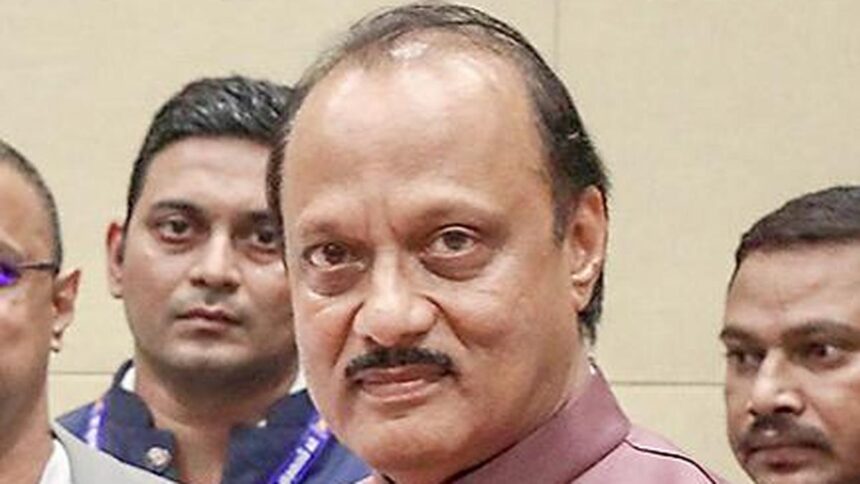
Global childhood vaccination rates, hit by the COVID-19 pandemic, did not return to the pre-pandemic levels by 2023, a study published in The Lancet has revealed.
| Photo Credit: G.N. Rao
GUWAHATI Global childhood vaccination rates, hit by the COVID-19 pandemic, did not return to the pre-pandemic levels by 2023, a study published in The Lancet has revealed.
The study also marked India among eight countries that accounted for more than half of the world’s 15.7 million “zero-dose” children in 2023. Zero-dose refers to children who did not receive the first dose of diphtheria, tetanus, and pertussis (DTP).
The other seven countries are Brazil, the Democratic Republic of Congo, Ethiopia, Indonesia, Nigeria, Somalia, and Sudan.
“The study highlights the progress and challenges in global childhood vaccination efforts from 1980 to 2023. it shows that the coverage for key vaccines for DTP, measles, polio, and tuberculosis nearly doubled over this period, but the positive trend hides some worrying developments,” Hemen Sarma, an associate professor at Assam’s Bodoland University, said on July 24, 2025.
A GBD (Global Burden of Diseases) senior collaborator with the University of Washington’s Institute for Health Metrics and Evaluation, Mr Sarma is one of the authors of the study involving researchers worldwide.
The study underscored the slowdown in the vaccination progress in many countries and territories between 2010 and 2019, with 21 out of 36 high-income nations witnessing a drop in coverage for at least one vaccine.
It said the COVID-19 pandemic made things worse, “with global rates for these vaccines declining sharply since 2020, and still not returning to pre-COVID-19 pandemic levels as of 2023”.
“Vaccines introduced more recently, such as those for pneumonia, rotavirus, and the second dose of the measles vaccine, continued to expand during the pandemic, but at a slower pace. Only the third dose of DTP is expected to meet the global target of 90% coverage by 2030, and that too in the most optimistic scenarios,” Mr Sarma said.
One of the concerns underlined by the study was the rise in the number of zero-dose children during the pandemic after dropping sharply from 1980 to 2019, peaking at 18.6 million in 2021. Most of these children live in conflict zones or areas with limited healthcare access, especially in sub-Saharan Africa.
The study has warned that unless urgent action is taken, global immunisation targets will not be met. It called for focused efforts to strengthen healthcare systems, fight vaccine misinformation, and reach the most underserved communities, especially in Africa and South Asia.
Campaigns like the World Health Organisation’s ‘Big Catch-Up’ and efforts to restore routine immunisation must prioritise these areas to regain lost ground and ensure every child is protected, the study said.
The study has provided updated global, regional, and national estimates of routine childhood vaccine coverage across 204 countries and territories for 11 vaccine-dose combinations recommended by WHO for all children globally.
Employing advanced modelling techniques, this analysis accounted for data biases and heterogeneity and integrated new methodologies to model vaccine scale-up and COVID-19 pandemic-related disruptions.
To contextualise historic coverage trends and gains still needed to achieve the WHO’s Immunisation Agenda 2030 coverage targets, the researchers assessed the effect of the COVID-19 pandemic on vaccine coverage, forecast coverage of select life-course vaccines up to 2030, and analysed the progress needed to reduce the number of zero-dose children by half between 2023 and 2030.
Published – July 25, 2025 03:50 am IST



















